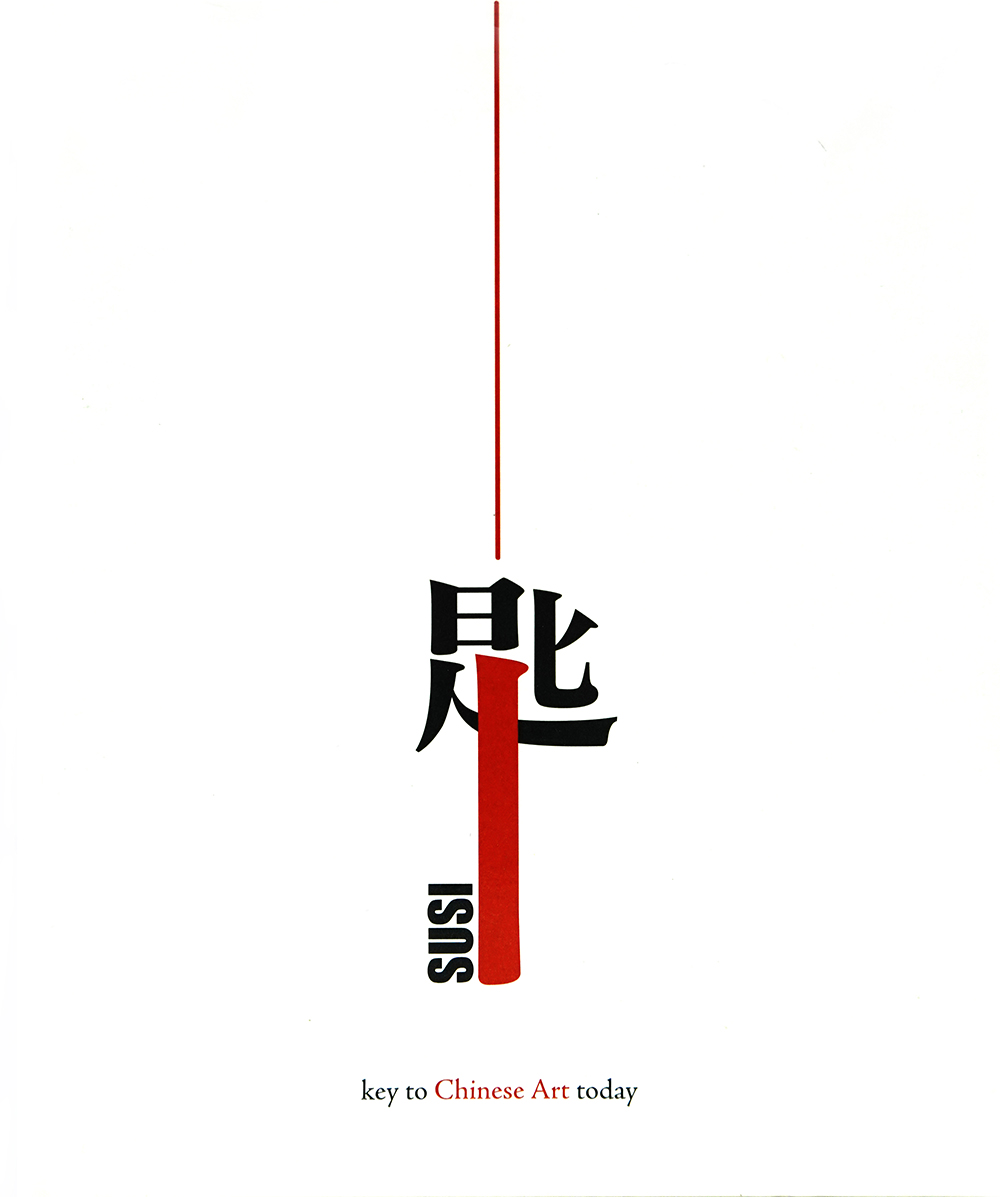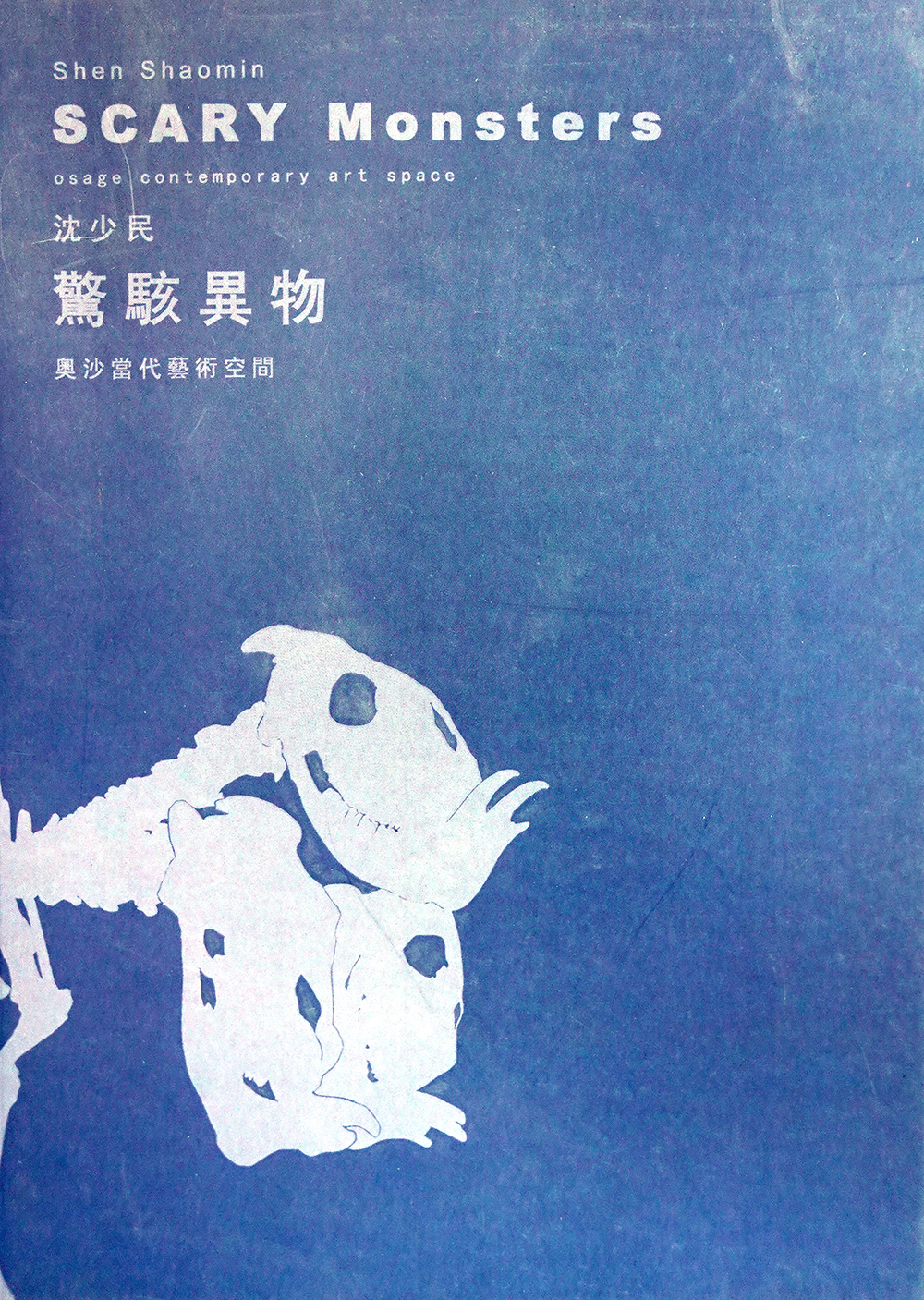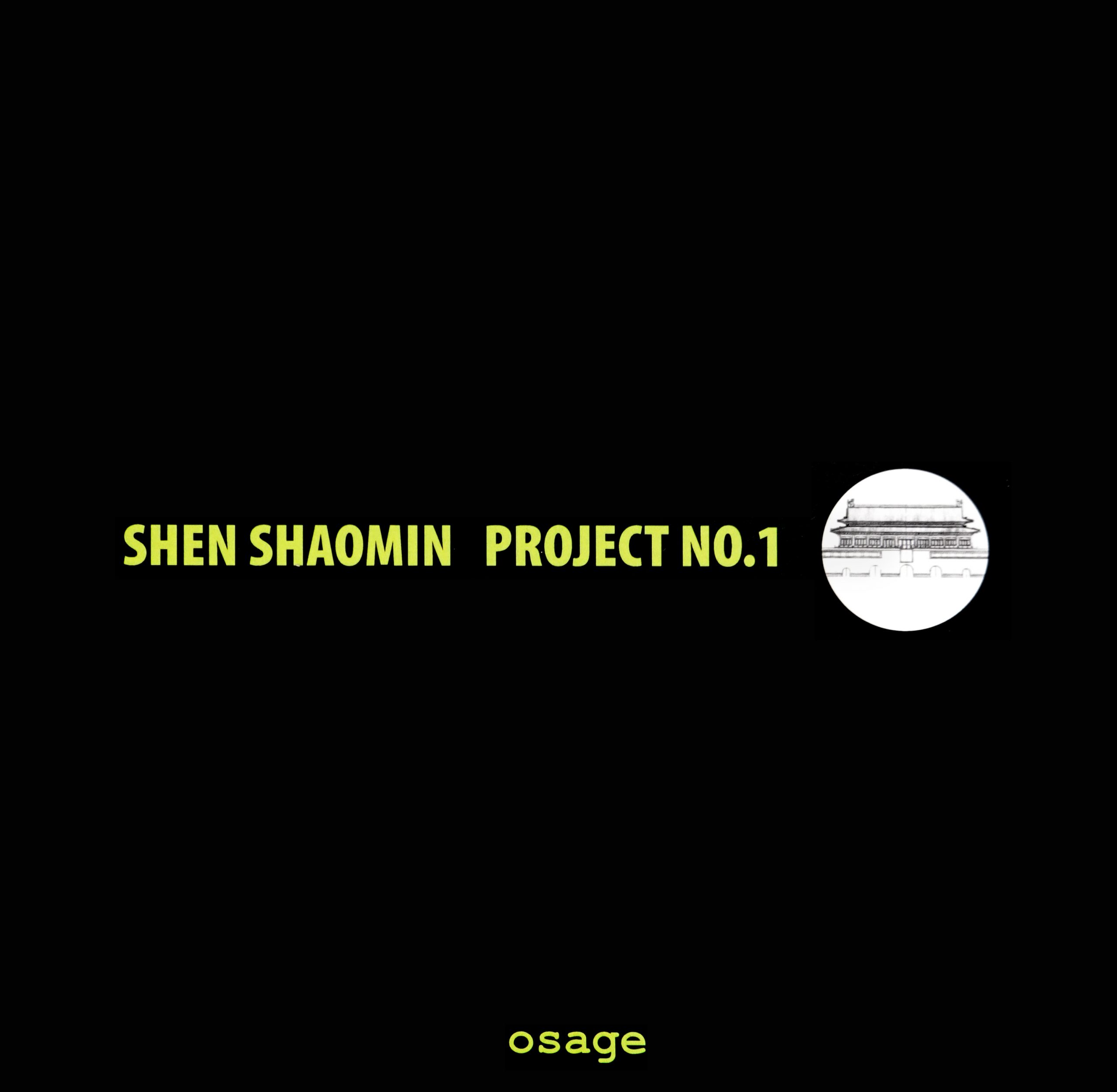
Book 1 : Future and Fantasy
ISBN : 988-99399-1-6/978-988- 99399-1-5
Publisher : Osage Art Foundation
Date Published : 2006
Author : Gu Zhenqing
Editor : Agnes Lin
Designer : Carrie Chi, Diane Wu, Ouyang Hui
Curator : Gu Zhenqing
Artist/s: : Shen Shaomin, Sun Yuan, Peng Yu, Miao Xiaochun, Sui Jianguo, Yin Zhaoyang
Jiang Zhi, Li Dafang, Jin Jiangbo, Chen Wenbo
Book 2 : Exploration and Discovery
ISBN : 988-99399-0-8/978-988- 99399-0-8
Publisher : Osage Art Foundation
Date Published : 2006
Author : Jonathan Thomson
Editor : Agnes Lin
Designer : Carrie Chi, Diane Wu, Ouyang Hui
Curator : Wan Jiyuan
Artist/s: : Jin Shangyi, Wang Tieniu, Cao Jigang, Chao Ge, Tan Difu, Gao Quan, Wan Jiyuan,
Shi Shaochen, Sun Weimin, Sun Fengda, Wu Jun, Wang Yidong, He Yi, Ma Xiaoteng
Hu Jiancheng, Wang Shaolun, Sun Xiangyang, He Duoling, Wang Yuqi, Zhang Li,
Li Xinping, Chan Sicpo, Jin Yangping, Tong Yanrunan, He Wei, Wang Xin, Cui Kaixi
Zhang Zuying, Gao Yingjin
Book 3: A Brush with China
ISBN : 988-99399-2-4/978-988- 99399-2-2
Publisher : Osage Art Foundation
Date Published : 2006
Author : Gu Hong
Editor : Agnes Lin
Designer : Carrie Chi, Diane Wu, Ouyang Hui
Curator : Gu Hong
Artist/s: : Shao Huaze, Gu Hong, Wang Shenglie, Guo Yizong, Wang Yujue, Zhang Daoxing
Zhang Guige, Feng Jinsong, Du Ziling, Li Yansheng, Ye Shangqing, Wang Dachuan,
Wang Bomin, Zhou Cangmi, Bao Chenchu, Wang Dongling, Li Yi, Liu Jiang,
Wu Shanming, Song Zhongyuan, Wang Qingming, Wu Sheng, Xu Jiachang,
Du Manhua, Huang Lingling
This publication was published as the catalogue to the exhibition, SUSI: Key to Chinese Art Today.An Exhibition of Chinese Contemporary Art held at three art institutions in Manila, Philippines from 20 September to 31 October 2006.
Exploration and Discovery : National Museum of the Philippines
A Brush with China : Yuchengco Museum Manila
Future and Fantasy: Metropolitan Museum of Manila
SUSI is the Tagalog word for Key. The art exhibited in Manila presented a broad and deep cross-section of Chinese art that sought to open up Chinese art for Filipino audiences. The exhibitions catered for all tastes. “A Brush with China” at the Yuchengco Museum was an exhibition of traditional Chinese painting that sought to show why Chinese painting is among the most precious of all Chinese cultural treasures. It is a unique record of the progress of Chinese history and depicts the origin of Chinese characters. “Exploration and Discovery” at the National Museum of the Philippines was an exhibition of modern Chinese oil painting that examined the persistence of realism as the most dominant style in modern Chinese painting and the ways in which realism has been modified or recycled into more contemporary forms. “Future and Fantasy” at the Metropolitan Museum of Manila showcased the work of some of China’s most acclaimed contemporary artists. The artists in this exhibition employed a range of unconventional media in a series of images and installations to voice their view of tomorrow. The simultaneous presentation of all three of these exhibitions and the presence in Manila of twenty-two of the Chinese artists gave rise to many opportunities for personal interaction between the artists and their peers and members of the public in the Philippines. For many people a highlight was seeing 70 year old Philippine National Artist for Visual Arts Abdul Mari Imao as happy as a schoolboy wading through the foam blocks of Sun Yuan and Peng Yu’s A Fierce Dragon
Can Cross the River at the Metropolitan Museum while being urged on by the artists. For others, it was talking face to face, one on one with Miao Xiaochun and Sui Jianguo about their motivations and the meanings in their works. For one group of delighted school children it was the opportunity to bombard Tong Yanrunan with questions about his blurry faces exhibited en-masse at the National Museum of the Philippines. Art is a tremendously effective medium for intercultural exchanges that promote and enhance people to people understanding. And it is never a one way street. The Chinese artists who were in Manila for the opening of their exhibitions also learnt a lot about Filipino art. A group of them visited Philippine National Artist for Sculpture Napoleon Abueva at his workshop in Tierra Verde, Quezon City to see his “Swinging House”. Others visited the Ayala Museum and GSIS and a number of private collections and were tremendously impressed by the immense passion Filipinos have for their art. The famous aphorism by the ancient Greek physician Hippocrates “Ars Longa Vita Brevis” translates as Life is Short but Art Endures.
It was perhaps with this in mind that Wan Jiyuan and a group of other artists set out to record their impressions of Manila and the surrounding countryside. The work that they made is much more than a memento of their visit. It is a distillation of their experience coloured in no small part by the personal interactions that the artists had with their Filipino peers and the passion they saw in their art. Wan’s paintings are “an effervescence of colour, a phantasmagoria of effects, a bacchanal of lines, a fury of brushstrokes, an explosion of light, of audacities of composition, of unprecedented dissonances and insolent harmonies.” Wan’s works will remain in the Philippines as a token of all of the artists’ conversations and contacts, of experiences shared and friendships forged. They are an enduring record of how doors to understanding can be opened, if only we are given the right key.



